The bran, the endosperm, and the germ are the three edible parts of whole grains like rice, wheat, oats, and rye. To make grains more palatable and extend their shelf life, the tough outer covering known as bran is removed during the refining process.
The high vitamin and fibre content, however, has been shown to improve health and reduce the risk of chronic illness.
Table of Contents
Bran’s nutritional value:
The bran found on the outside of whole grains like oats, wheat, rice and corn is packed with essential nutrients like protein, iron, fibre, carbs, fatty acids and B-vitamins.
What is bran?
You can find bran on the outside of rice, oats, wheat and maize grains, among many others. This layer is present in all grains that are considered "whole," but it is removed during processing or refining. It's often removed by producers in pursuit of a smoother, milder flavour because of its grainy texture and dry, nutty undertones. Additionally, so-called "stripped" grains are often more digestible, although typically having fewer nutrients.
Bran, the edible seed's skin, is a rich source of insoluble fibre; nevertheless, both bran and the germ, the seed embryo beneath it, contain a great deal of fatty acids and quickly go rancid if exposed to air. To increase the longevity of their goods, food manufacturers frequently mill raw seeds to remove the bran and germ. Some of the lost nutrients may be restored, and the resulting products may be labelled as "enriched." However, processed products can never compete with whole grain products when it comes to health advantages.
Even when using refined flour variants, you can get the flavour, texture, and nutritional advantages of whole grain flour by adding a bag of bran.
How to use bran?
To incorporate more bran into your diet, try putting a tablespoon on your morning cereal, mixing it into your morning yoghurt, or using it as a thickener in your next pot of soup, stew, or casserole. You may also use it to make cookies, muffins, bars, and breads with a heartier crumb by substituting it for part of the refined flour called for in the recipe.
What does bran taste like?
Typical of whole grains, bran has a mildly sweet and nutty taste. It gives baked items like breads, muffins, and cookies a satisfyingly hearty texture.
How to store bran?
Heat, air, and light all work against efforts to keep bran fresh. Keep it in a cool, dry, dark area like the pantry or the fridge to prevent rancidity. Store bran in the freezer in an airtight container to keep it fresh for a long time.
Varieties of bran:
All whole cereal grains have a bran layer, although the ones most widely processed into refined grains and grain flours are wheat, oats, rice and maize. Wheat bran is the most accessible of these, and it comes in packages that look like sawdust. Those with celiac disease should stay away from it because it includes gluten.
Most packaged oats still have the bran, in contrast to wheat goods; the difference between rolled and steel cut oats is simply the method employed to reduce the size and texture of the whole grains. Oat bran has a finer texture than muesli, so it cooks faster and creamier. Although oats naturally are free of gluten, they are frequently processed in the same facilities as wheat, making them unsafe for those with wheat allergies.
Although rice bran is gaining popularity as a health food, it is more commonly known for its usage as horse feed. To prevent rancidity during storage, look for stabilised rice bran, which has been treated to render the rancidity-causing enzymes inert.
Corn bran is a great nutritional supplement because of its light colour, powdered texture, and somewhat bland flavour, all of which make it simple to include into baked products and other recipes without sacrificing flavour or presentation.
Is bran healthier than wheat?
Wheat bran has three times the fibre and niacin content of wheat germ. Phytochemicals, riboflavin, B6, potassium, iron, magnesium, phosphorus, and phosphorus are all present. Wheat germ, out of the three primary layers (germ, bran, and endosperm), is the healthiest and most nutrient-rich.
Bran uses:
Mix bran with your preferred milk, yoghurt, or fruit and eat it for morning.
Bran is a great source of fibre, so try adding a tablespoon or two to your smoothie recipe.
Bran can be used as a substitute for up to a quarter of the flour in baked goods, increasing the fibre and nutritious content.
Use bran as a coating for chicken, fish, or tofu by mixing it with your preferred seasonings and then pressing the mixture into a baking dish.
Soups and stews benefit from having a tablespoon or two of wheat bran added to the pot for extra fibre and health benefits.
Bran is a nutritious and crunchy addition to your morning muesli, yoghurt or fruit.
Bran can be a healthy addition to homemade energy bars, along with additional components like nuts, seeds, and dried fruit.
Health benefits of bran:
High Fibre Content
Wheat bran is high in fibre, which is beneficial for digestive health and avoiding constipation.
Reduces Cholesterol
Wheat bran consumption has been linked to decreased blood cholesterol levels and a reduced risk of cardiovascular disease.
Regulates Blood Sugar
Wheat bran's dietary fibre can help keep blood sugar levels steady and prevent insulin surges by delaying the rate at which the body absorbs glucose.
Weight Control
Wheat bran's high fibre content makes you feel full for longer, which can aid with weight control by decreasing your appetite and stopping you from overeating.
Supports gut health
Beneficial bacteria in the gut can be fed by the prebiotic fibres in wheat bran, leading to a healthy gut microbiota.
Packed with nutrients
Wheat bran is a nutritious complement to a healthy diet since it contains several essential vitamins and minerals, such as iron, magnesium, and the B vitamins. Which are crucial to ensuring one's continued physical and mental wellbeing.
Boosts digestion
The insoluble fibre in wheat bran helps keep you regular and eliminates the risk of constipation. By encouraging the proliferation of good gut bacteria, it also contributes to gastrointestinal health maintenance.

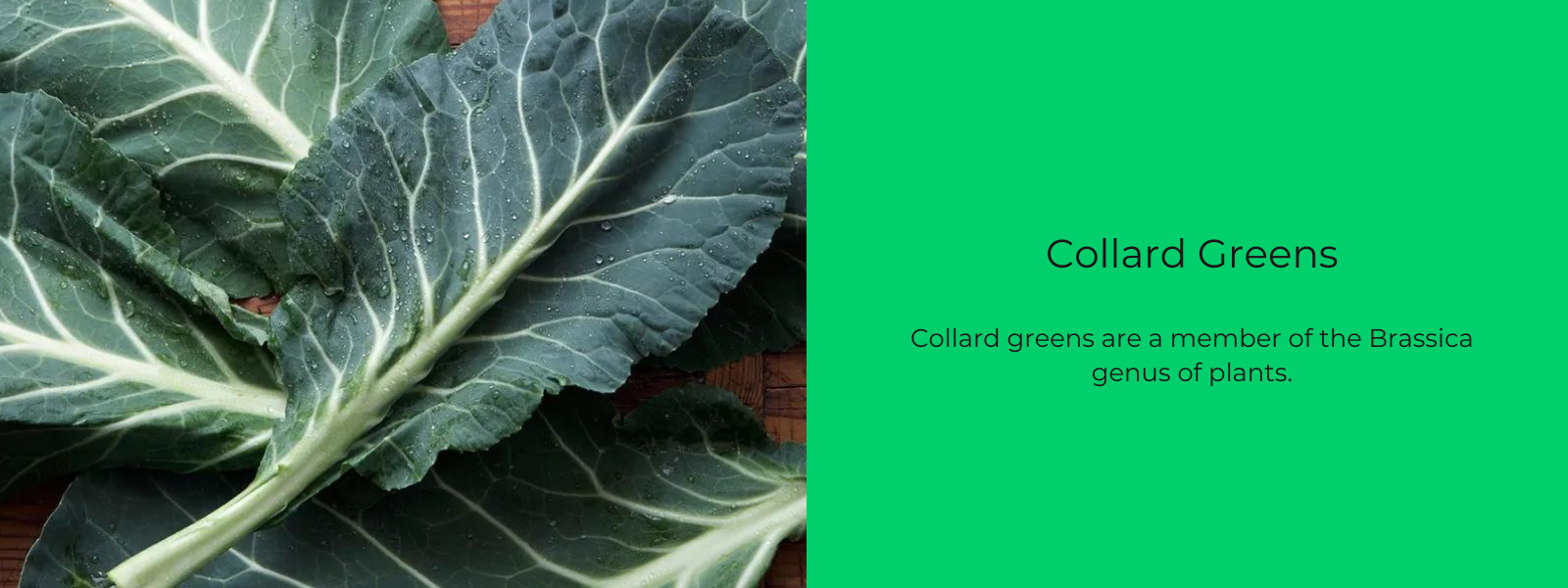
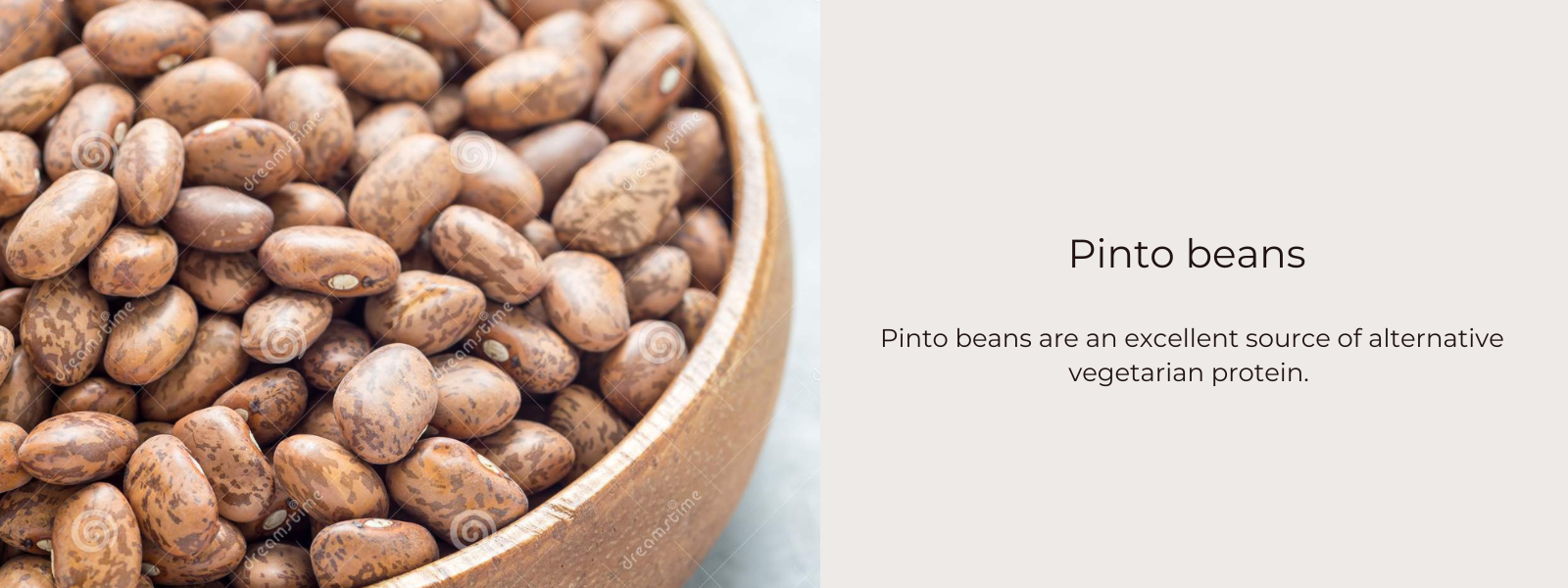
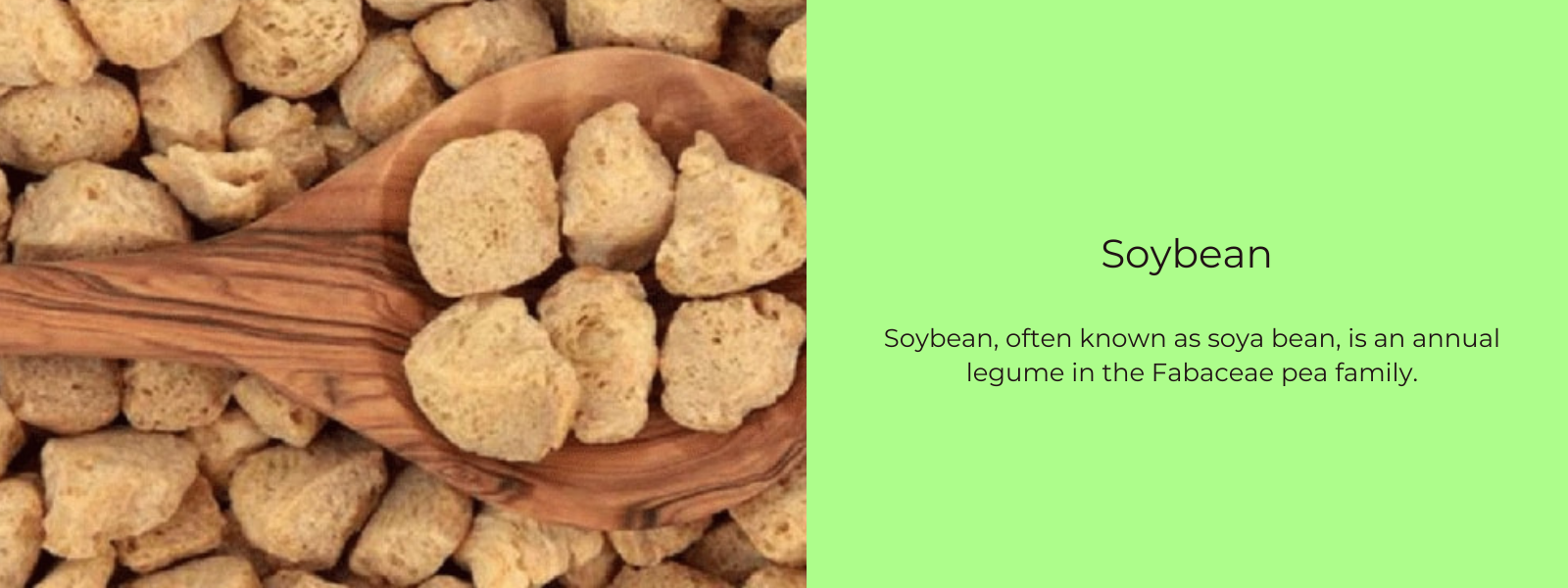
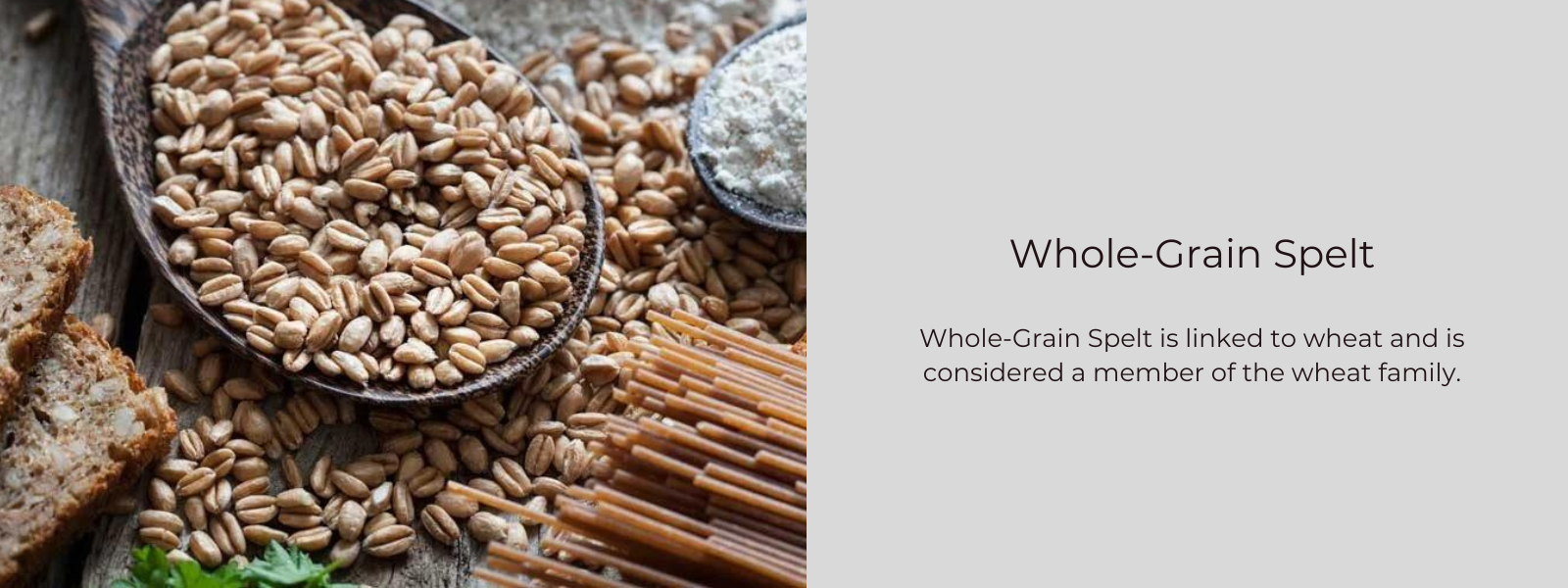
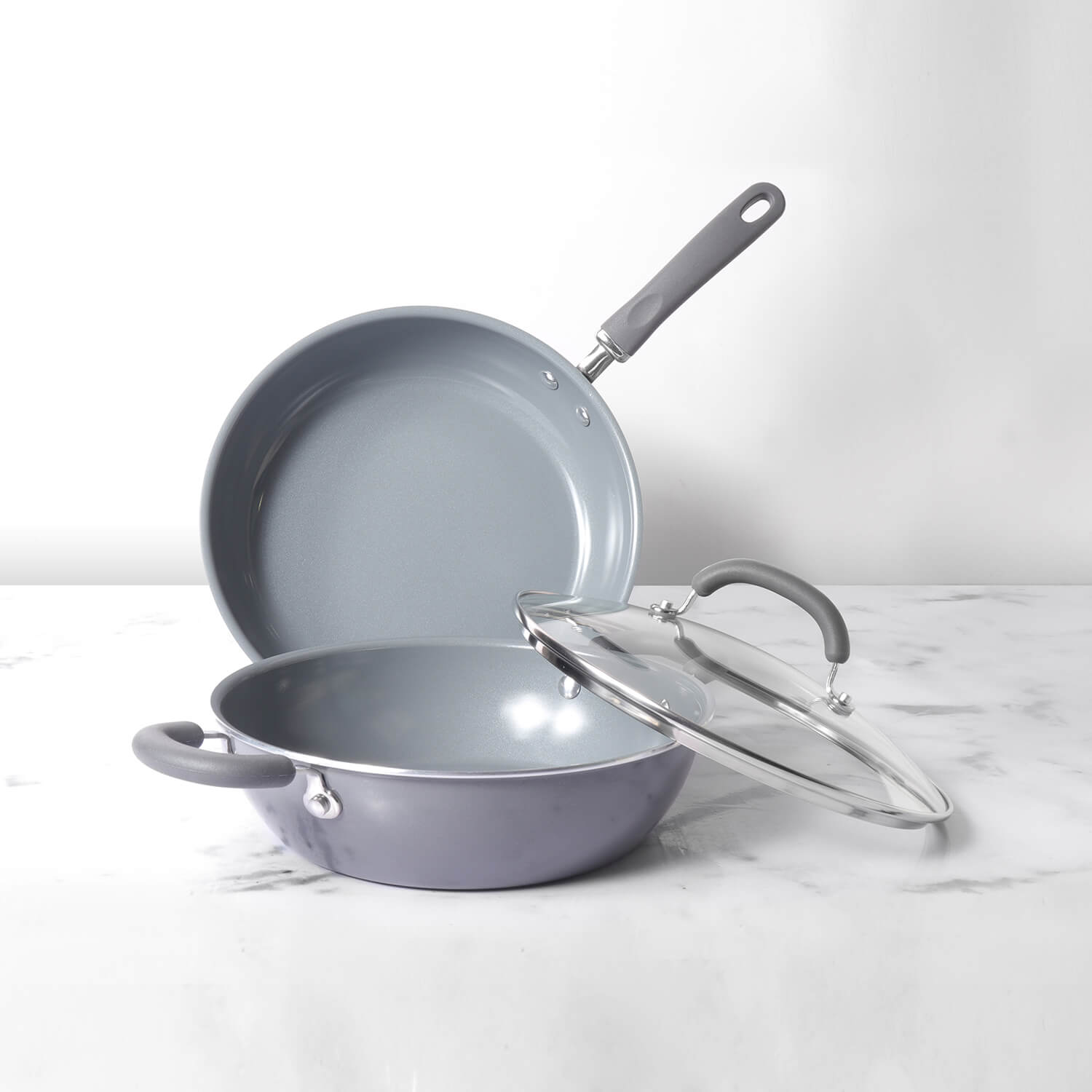
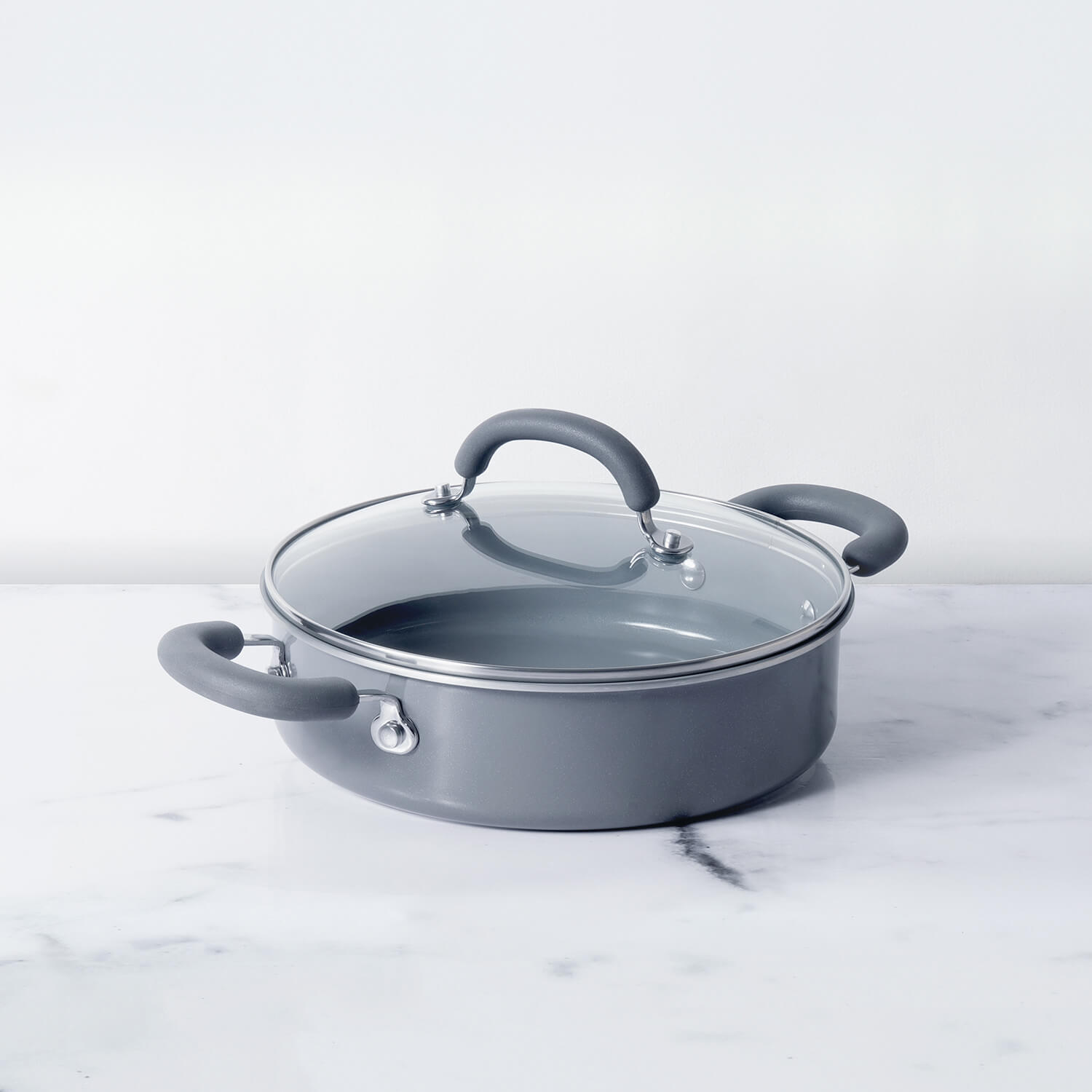




Leave a comment